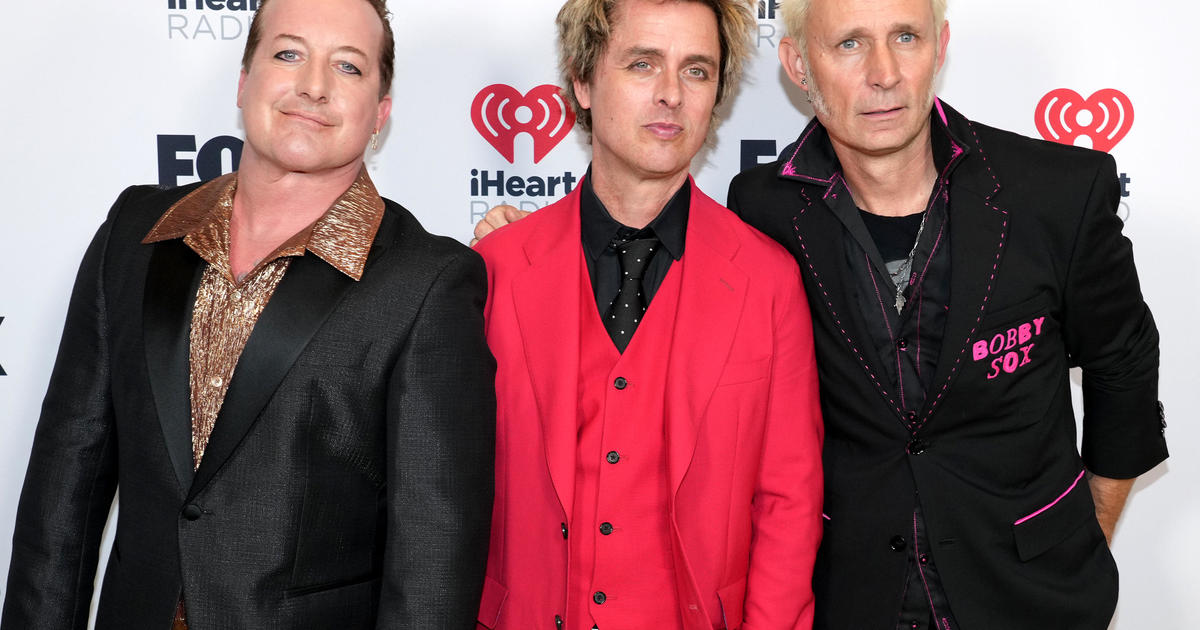Mars Rover Curiosity To Land In 96-Mile-Wide Crater
LOS ANGELES (AP) — NASA's next Mars rover will land at the foot of a towering mountain inside a 96-mile-wide crater to search for evidence that the region once had conditions capable of supporting microbial life, project officials announced Friday.
Gale Crater was chosen as the target for the $2.5 billion Mars Science Laboratory mission after an extensive review of dozens of potential sites, officials said in webcast from the Smithsonian's National Air and Space Museum in Washington, D.C.
The rover, nicknamed Curiosity, is expected to be launched this year and to land on Mars in August 2012. It's far bigger than the three rovers NASA has previously sent to the red planet in search of geologic evidence that the frigid, dusty planet was once warmer and wet, with conditions that could potentially have supported a hardy form of life.
The 3-mile-high mountain in Gale Crater is layered and scientists believe it is the surviving remnant of an extensive sequence of deposits. The site also has a huge cut likened to the Grand Canyon that appears to have been made by flowing water.
Mission planners intend to send the instrument-laden Curiosity up the lower flanks of the mountain to examine the layers. Its robotic arm is designed to pick up samples that two of the 10 instruments will be able to ingest for analysis.
Past studies from orbiting spacecraft show the mineral signatures of clays and sulfate salts, which form in the presence of water, concentrated in older layers near the bottom of the mountain.
"Both of those are key classes of minerals that tell us about the environment on Mars and the interaction of water with that environment, and water is critical to habitability," said Dawn Sumner, a geologist from the University of California, Davis.
Scientists hope Curiosity will help determine what happened to the water on Mars, how it went from wet to a frozen desert where dust devils spin across the surface.
The selection of a landing site came after years of debate and input from the Mars science community. Sixty potential sites were discussed in public meetings before a shortlist of four was created. In May, project scientists cut the list to two, Gale and Eberswalde craters, and forwarded the endorsement to NASA headquarters for the final decision.
The chosen crater is named for an Australian astronomer, Walter F. Gale.
The choice of where to place a spacecraft on Mars involves maximizing the chance of a safe landing as well as the likelihood of good science results.
In the mid-1970s, while the two Viking landers were en route to Mars, engineers rushed to find alternate landing sites after the original choices were discovered to be too dangerous. Both spacecraft landed safely.
When the twin Mars Exploration Rovers Spirit and Opportunity parachuted to opposite sides of Mars in 2004, Opportunity fortuitously landed in an area rich in the kind of geologic features the mission was looking for -- rocks showing evidence of a watery past. Spirit, however, had to drive long distances to make discoveries.
Curiosity, to be launched from Cape Canaveral Air Force Station, Fla., in November or December, is 10 feet long, 9 feet wide, 7 feet tall and weighs about 2,000 pounds.
Unlike its solar-powered predecessors -- Spirit, Opportunity and the 1997 Pathfinder mission's tiny rover Sojourner -- Curiosity is nuclear-powered, its energy originating from a radioisotope.
It also will employ a new landing technology far different than the airbags that were used to cushion the earlier rovers when they were released from their parachutes and bounced to a stop.
Curiosity also will parachute through the atmosphere, but then a rocket assembly will fire to halt the descent and the rover will be lowered to the surface on a tether.
The rover was supposed to be launched in 2009, but development snags pushed back the launch.
(© Copyright 2011 The Associated Press. All Rights Reserved. This material may not be published, broadcast, rewritten or redistributed.)



